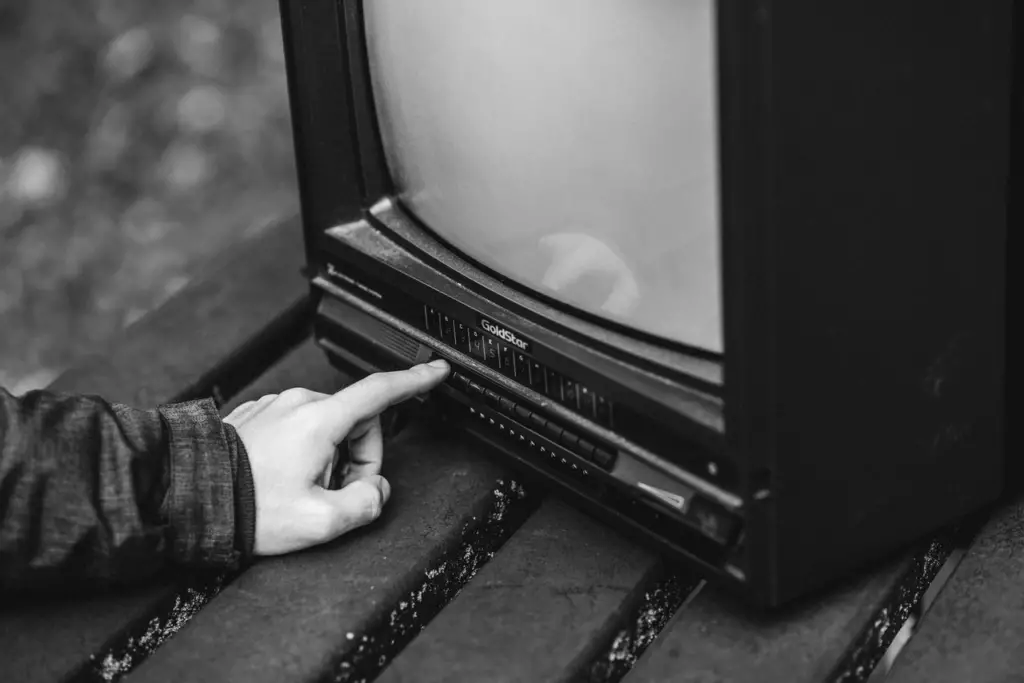
The coronavirus pandemic has forced the film and TV industry to grind to a halt. Most shoots have been paused, or cancelled altogether, and those that have carried on have had to do so under drastically different circumstances. This applies to both Hollywood productions — Tom Cruise’s now-legendary rant on the set of the new Mission Impossible movie bears this out — and lower-budget projects alike.
However, TV advertising has managed to weather the storm better than most, being less reliant on physical settings, or even real actors, to put its message across. This allowed for advertisers to turn to more creative solutions to these real-life problems, particularly as corporate ad spend drastically fell while viewing time (understandably) went up. Here’s how the TV advertising industry has adapted to the era of the pandemic.
Advertising has become more agile and smaller-scale
TV commercials are already a pretty fast-moving medium, with brands adapting their campaigns to meet changing customer demands and new products and promotions. However, Covid-19 almost immediately rendered any long-term media planning obsolete, leaving companies in a position where they needed to not only create new spots which were sensitive to the times, but do so quickly and safely.
As video production company Frantic notes, the TV commercial production process takes “no less than six weeks, from brief to airing, which involves devising a script, casting the actors, shooting and editing the footage, then purchasing the airtime”. However, advertisements filmed with video conferencing apps or on tablets and smartphones scaled back the production, allowing them to hit airwaves more quickly and fill slots which had been cancelled by other companies.
Near the beginning of the pandemic, many brands also turned to animation, which The Drum noted could be “the answer to advertisers’ covid-19 content production problem”. Indeed, this style formed the bulk of most governments’ health and safety messaging, but major brands are also taking advantage of animation. After all, as a medium which can be completely developed remotely, from storyboard and design to soundtracking and narration, it’s perfectly suited to the age of social distancing.
Safety has become paramount
On a more practical level, the pandemic has led to much stricter attention being placed on keeping cast and crew safe when actually making adverts. While animation takes the stress off of some companies’ campaigns, others have pressed ahead with business as usual, at least where shooting is concerned. After all, film sets have been deemed essential enough to bypass wider governmental restrictions and tier systems.
As a result, the Advertising Producers Association has laid out strict guidelines, which are regularly updated to ensure the safety of those involved. Mitigation plans also need to be put in place in the event that a key member of the shoot falls ill. Of course, it’s also possible to make inspiring and attention-grabbing advertisements outside of the standard film shoot format. One recent Pilsbury campaign saw the director use his own home and family as the set and cast, and domestic shoots are indeed becoming more prevalent. And as viewers get more accustomed to seeing ads shot on iPhones, and comforted by the home settings of these spots, they will surely become less jarring and more effective going forward.
Industries are reassessing their advertising priorities
With viewers limited in what they can and can’t do — and spend — it’s no wonder that agencies’ budgets are in freefall. The BBC has reported that ITV’s ad revenue has decreased by 42% in April 2020 alone, further noting that car sales fell by a staggering 97% during the same month, the lowest point since the end of World War Two. This has led major companies to reprioritise their overall outgoings, whether for upskilling staff or planning for the future, no matter how uncertain that future currently looks.
Similarly, the sectors and brands who are increasing their ad budgets won’t come as a surprise either. A Guardian report from August 2020 listed Public Health England as the top-spending company when it came to advertising during the pandemic, with big names in telecommunications, toiletries, and supermarkets rounding out the rest of the list. This is also likely to continue as we approach a year since the first lockdown measures were introduced and, even with a vaccine in sight, it may be a while yet before more long-term changes are made.










